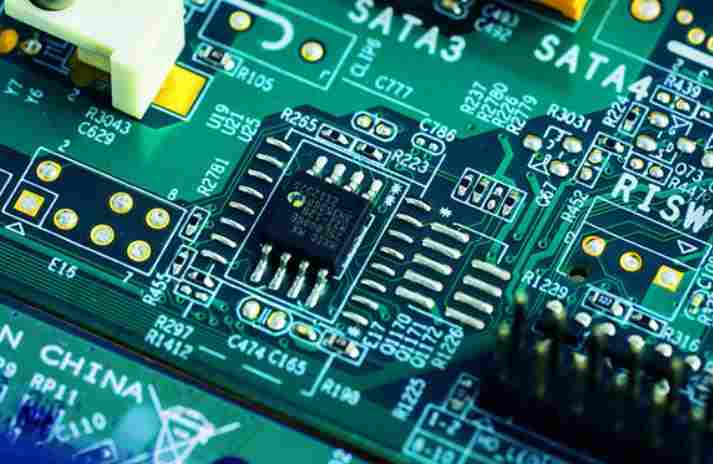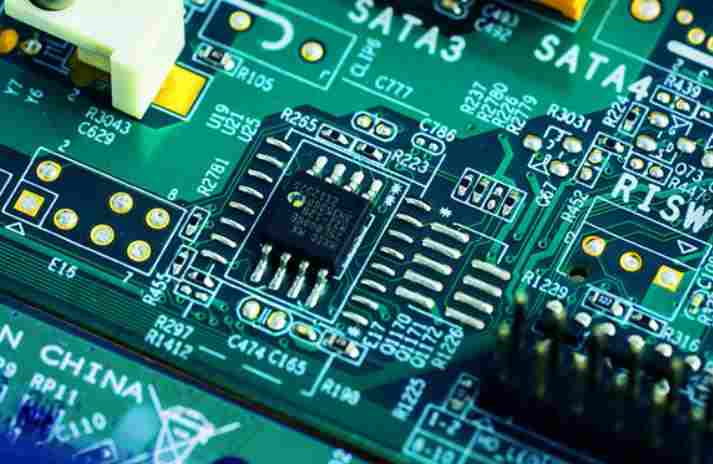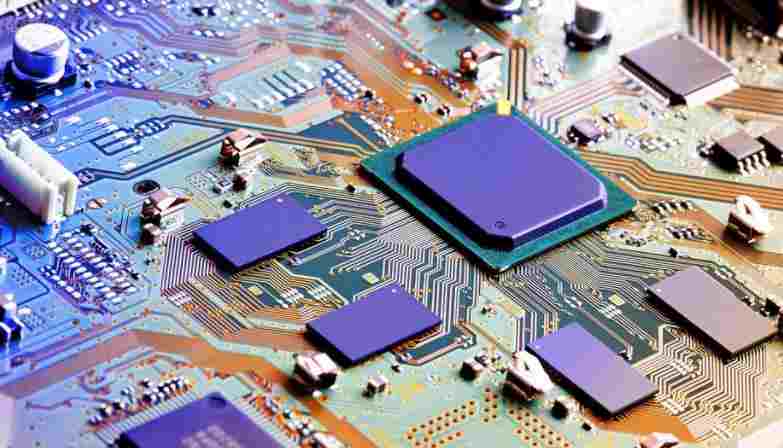
Advantages of FPC and SMT two-sided group methods
Advantages of FPC
In the electronic product processing industry, circuit boards are divided into hard and soft ones Traditional circuit boards are usually rigid, although flexible printed circuit boards have special functions, mainly used for mobile phones, laptops, and PDAs, Digital cameras, LCD screens and other products What are the advantages of FPC?
Flexible circuit board is a printed circuit board made of flexible insulating substrate, which has many advantages that rigid printed circuit board does not have:
1. It can be bent, wound and folded freely, arranged arbitrarily according to the space layout requirements, moved and stretched in 3D space, realizing the integration of component assembly and wiring, with high flexibility.
2. In the assembly and connection of components, compared with the use of conductive cables, the conductor cross section of FPC is thin and flat, which reduces the size of the conductor and can be formed along the shell, making the structure of the equipment more compact and reasonable. It can not only reduce the volume of electronic products, but also reduce a lot of weight, meeting the need for electronic products to develop towards high-density, miniaturization and high reliability.
Circuit board

3 The flexible circuit board is used to install the connection, which eliminates the error of wiring with wires and cables As long as the processing drawings are checked and accepted, all winding circuits produced later will be the same The wrong connection will not occur when installing the connecting line, and the consistency of installation and connection is guaranteed
4. When the FPC is installed and connected, because it can be connected on the three planes of X, Y, and Z, the switch interconnection is reduced, the reliability of the whole system is improved, and the fault can be easily checked
5. According to the use requirements, when designing the flexible circuit board soft board, parameters such as capacitance, inductance, characteristic impedance, delay and attenuation can be controlled, and it can be designed to have the characteristics of transmission line, and the power parameters can be highly controllable.
FPC has the advantages of good flexibility, heat dissipation, solderability, easy assembly, high wiring density and low overall cost. The design of soft and hard combination also compensates the flexibility of flexible substrate to a certain extent. The slight deficiency of the bearing capacity of the component makes its application more and more extensive.
Double side grouping method for patch processing
SMC/SMD and T HC can be mixed and distributed on the same side of PCB. At the same time, SMC/SMD can also be distributed on both sides of PCB. Double sided mixed assembly adopts double sided PCB, double wave soldering or reflow soldering. In this assembly method, there are differences between SMC/SMD or SMC/SMD. Generally, it is reasonable to select according to the type of SMC/SMD and the size of PCB. Generally, the first paste method is used more. Two assembly methods are usually used in this type of assembly:
(1) SMC/SMD and FHC are on the same side, and SMC/SMD and THC are on the same side of PCB.
(2) SMC/SMD and iFHC have different side methods. Place the surface mount integrated chip (SMIC) and THC on the A side of the PCB, and place the SMC and small outline transistor (SOT) on the B side.
Because SMC/SMD is installed on one or both sides of PCB, and the insertion and assembly of lead elements that are difficult to surface assemble, this type of patch processing and assembly method has a high assembly density.
Assembly method and process flow SMT wafer processing is mainly dependent on the type of surface mount component (SMA), the type of components used and the condition of assembly equipment Generally speaking, shape memory alloys can be divided into three types: single-sided hybrid assembly, double-sided hybrid assembly and full surface assembly. There are six assembly methods in total Different types of shape memory alloys have different assembly methods, and the same type of shape memory alloys can also have different assembly methods






